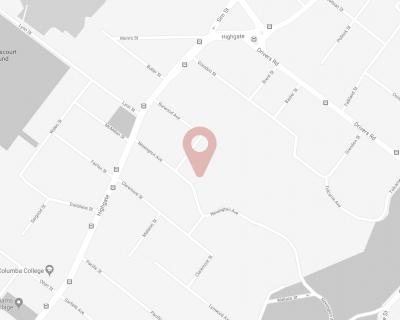Superficial chemical peels using alpha hydroxy acids (usually glycolic acid) improve the appearance of the skin by causing a mild exfoliation (sloughing) of a portion of the uppermost layer of the skin. These peels are meant to soften and brighten the appearance of treated skin and, in some cases, blend skin tones and improve the texture of the skin. We also use glycolic peels to help improve inflammatory acne in conjunction with traditional anti-acne therapies, and to help fade some types of increased pigmentation of the skin.
Superficial peels are very safe with minimal risk of serious side effects, and there is very little downtime with most patients only experiencing mild redness for a day or two. We generally perform our peels as a series of treatments, to allow your skin to develop tolerance to increasing strengths of glycolic acid.
What areas can be treated?
Any area of your body can be treated. The most common areas are the face, neck and upper chest.
How do glycolic acid chemical peels feel?
Treatments are comfortable and safe. There is a mild tingling sensation when the peel is applied, but this disappears when the peel is neutralised at the end of the treatment.
How many treatments will I need?
Most conditions and areas require 4 – 8 peels, applied every 2 – 6 weeks. At each session, we will assess your response and increase the strength of the peel is it is safe to do so.
What happens during the procedure?
Your hair will be pulled back, and a protective gown positioned to protect your clothing. Goggles are used to protect your eyes. Any make-up or sunscreen is removed, and your skin is prepared with a pre-peel primer. The chemical peel is then applied, and your progress carefully monitoring. We generally aim for the peel to be on the skin surface for 5 minutes, before we neutralise the peel and clean the skin.
How long will it take to recover?
Glycolic acid chemical peels are a safe treatment with virtually no downtime. In most cases, you can resume your normal daily activities immediately.
What happens after the treatment?
Immediately following your treatment, you may experience some redness that should go away within 12 – 24 hours. There may be some mild exfoliation or flaking of some skin, and possibly some minor swelling.
What aftercare will I need?
Minimal aftercare is needed. You will need to keep the treated area clean, use a sunscreen with a minimum SPF 30 when outdoors, and apply a simple moisturiser.


